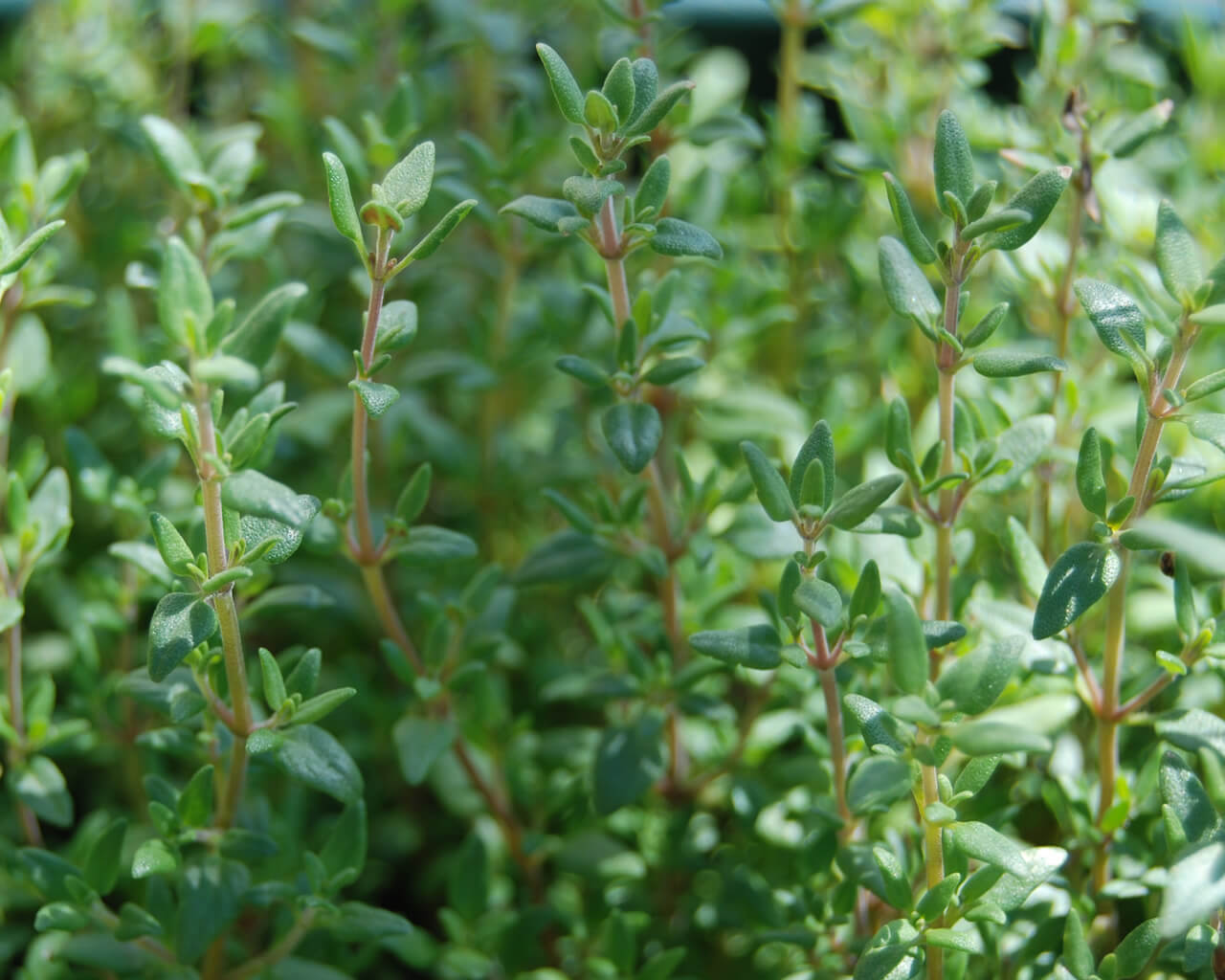
These disks are a great gift or a perfect child's gardening project. For windowsill, patio and even herb garden planting, lay the disk on the surface of the moistened planting medium and cover lightly. Each 10 cm disk is sized just right to conveniently plant in a 4 inch pot. Distilling: Harvest when blooms are just beginning to appear at this point the leaves contain the highest level of essential oils What is a seed disk? We’ve selected a collection of our favorite herb varieties and put them into handy, easy to plant, biodegradable disks.

Drying: Harvest at peak maturity, hang small bunches from ceiling in a dry, warm (80-90☏), dark location with good ventilation for 1-2 weeks.Transplant tender herbs after last frost when weather has stabilized Harvest & Storage.Hardy herbs can be transplanted after the last frost.Small seedlings such as thyme, savory and sweet marjoram may be successfully transplanted in small clumps.Fertilize with Age Old Grow every 10-14 days for optimum growth.Small seeds (thyme, savory, marjoram, oregano) can be gently pressed onto surface of the soil-don't cover or bury seed.Start seeds 6-8 weeks before anticipated transplant date.For leafy herbs snip off flower buds as they appear Transplanting.Apply 1 cup of TSC's Complete fertilizer per 5 row feet, and 1 inch of compost.It’s also a great addition to potpourri or homemade soap. Add it (fresh or dried) to blended herb mixtures, or use in soups, sauces, beans, meat dishes, and more. This herb goes well with just about everything. Harvest and fertilize regularly to encourage vegetative growth English Thyme (2 Pack) English thyme is a low-growing plant with fragrant leaves.Fertile, well-drained soil provides the best results This perennial herb creates a lush ground cover of small green leaves and pale pinkish-white flowers Aromatic to the touch.(4) No special requirements, but germination may be slow and erratic. Best results are obtained when the seeds are kept warm and moist for 2 weeks followed by temperatures of 33-35☏ for 4-6 weeks or until germination starts. (3) These seeds need a period of cold stratification for successful germination.

(2) Larger seeds need to be covered with soil at least as thick as the seed itself. (1) Germinates at temperatures between 60-75☏.
English thyme herb code#
Germination Codes Check the code at the end of the description for specific germination requirements. Whether in the garden or on the windowsill, learn their likes and dislikes, and you'll be rewarded with flavor and beauty. Thyme is tolerant of drought conditions but water-logged soil is detrimental to it’s survival and production. Established plants can survive temperatures down to -16☌ (3.2☏). Cut back in spring to limit woody growth or to stimulate new growth.Herbs feed the palate and the soul! They add color and contrast to the landscape, perfume our homes, heal our wounds, and tantalize our taste buds. Basic requirements Thyme grows best in warm, sunny climates at temperatures between 4 and 28☌ (39.282.4☏) but will grow best at 16☌ (60.8☏).Excellent choice for beds and borders, city gardens, cottage gardens, Mediterranean gardens, or containers.Thrives in loose, sandy, or rocky soils with excellent drainage.
English thyme herb full#

Great as a low edging for flower, vegetable, or herb garden. Rich in nectar, they attract butterflies and bees. Terminal spikes of small, whorled, white, or pink flowers appear at the stem tips in late spring to early summer. The leaves are highly aromatic and are frequently used fresh or dried as a seasoning in a variety of culinary applications, including soups, sauces, vegetables, meat, and fish dishes. It forms a low cushion of branching, woody stems clothed with small, linear to ovate, dark gray-green leaves. Thymus vulgaris (Common Thyme) is a dwarf, aromatic shrub primarily grown as a culinary herb in herb gardens. A perennial staple to any herb garden, English thyme is low growing and fragrant and makes an excellent border plant or ground cover and does great in.


 0 kommentar(er)
0 kommentar(er)
